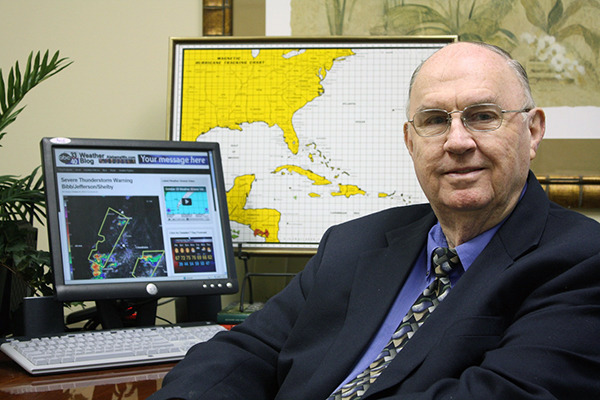Happy Asteroid Day!
Just after 7 in the morning on this date in 1908, a huge fireball streaked across the sky during the daylight hours over Siberia. A huge explosion occurred in the air near the Stony Tunguska River. A shock wave radiated out from the site for hundreds of miles, breaking windows and creating deafening thunderclaps.
Seismographs in Russia picked the event up as if it were an earthquake. Sensitive devices around the world in Washington even picked up the shock.
The explosion flattened trees for 40 miles around and killed wildlife, but no crater or meteorite fragments were ever found. The effect looked like those left by the atomic bombs at Hiroshima and Nagasaki. Trees near the epicenter of the blast were not blown down, but were left standing, stripped of all their branches. There was even a huge mushroom clouds and black rain after the explosion.
Was it an atomic bomb? Was it an alien spaceship crash? Many fantastic explanations were offered, such as a piece of anti-matter or a small black hole striking the earth.
Computer simulations done by scientists today now indicate that the explosion was caused by a stony meteorite entering the earth’s atmosphere and breaking up in a fiery explosion just before hitting the earth, hence no fragments. It i s largest asteroid impact in Earth’s recent history. we now know it as the Tunguska explosion.
A similar but less dramatic event happened on February 15, 2013 when the Chelyabinsk meteorite exploded above Russia. 1,500 people were injured when the shock wave damaged thousands of buildings.
Scientists today know that there are hundreds of pieces of space debris that could strike the earth producing another event like Tunguska or Chelyabinsk. Or worse.
Today is Asteroid Day, in honor of the anniversary of the Tunguska explosion.
Category: ALL POSTS, Spacey Stuff
















